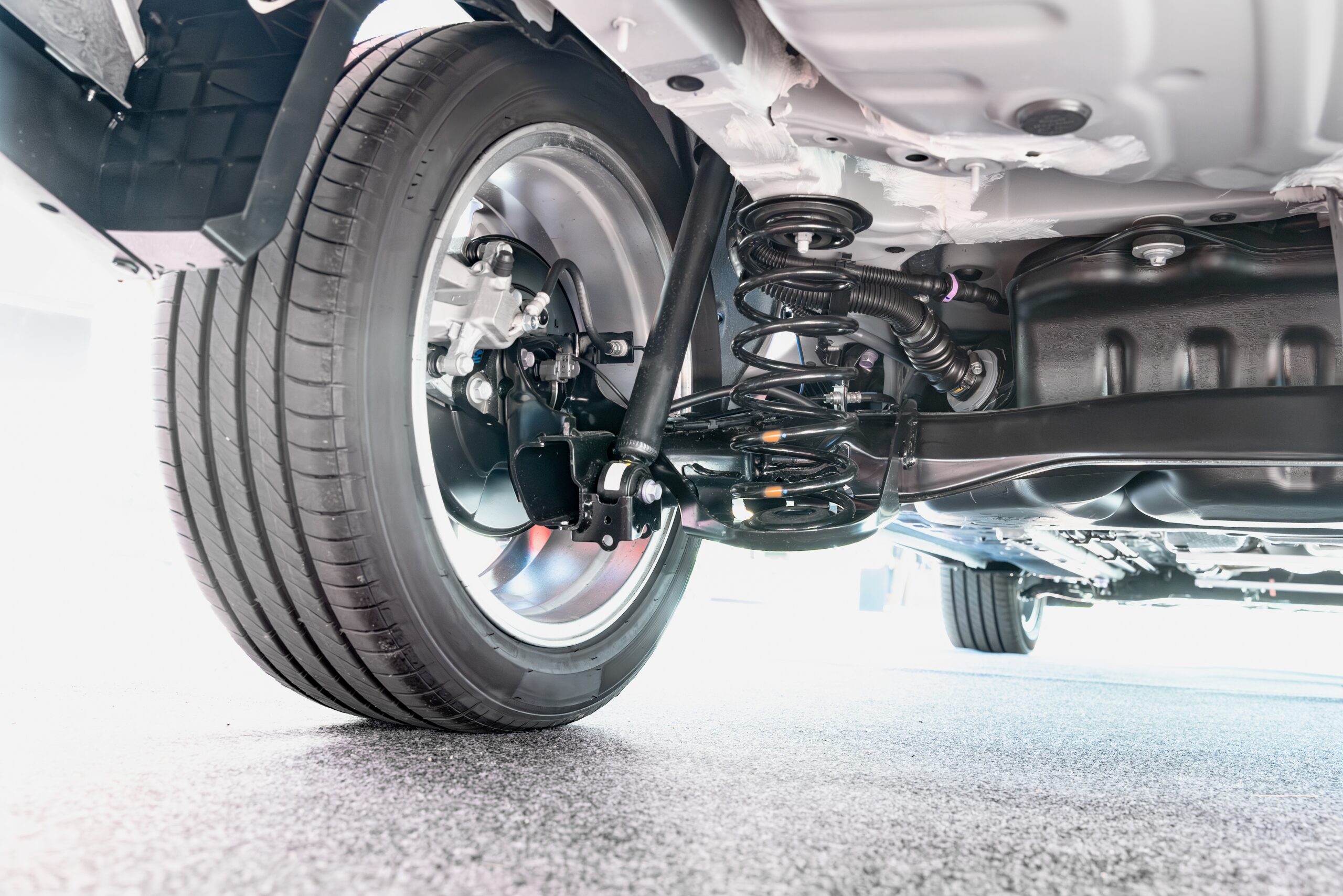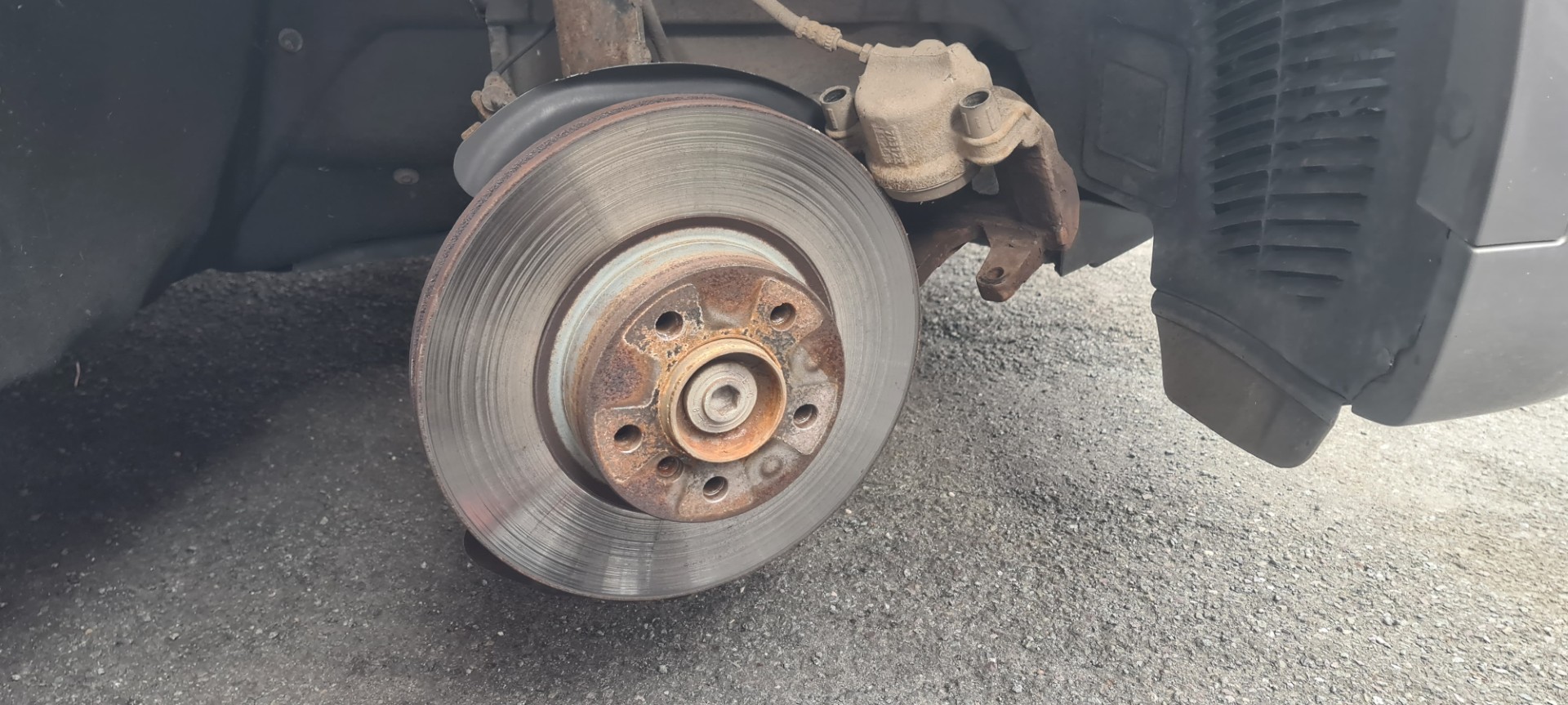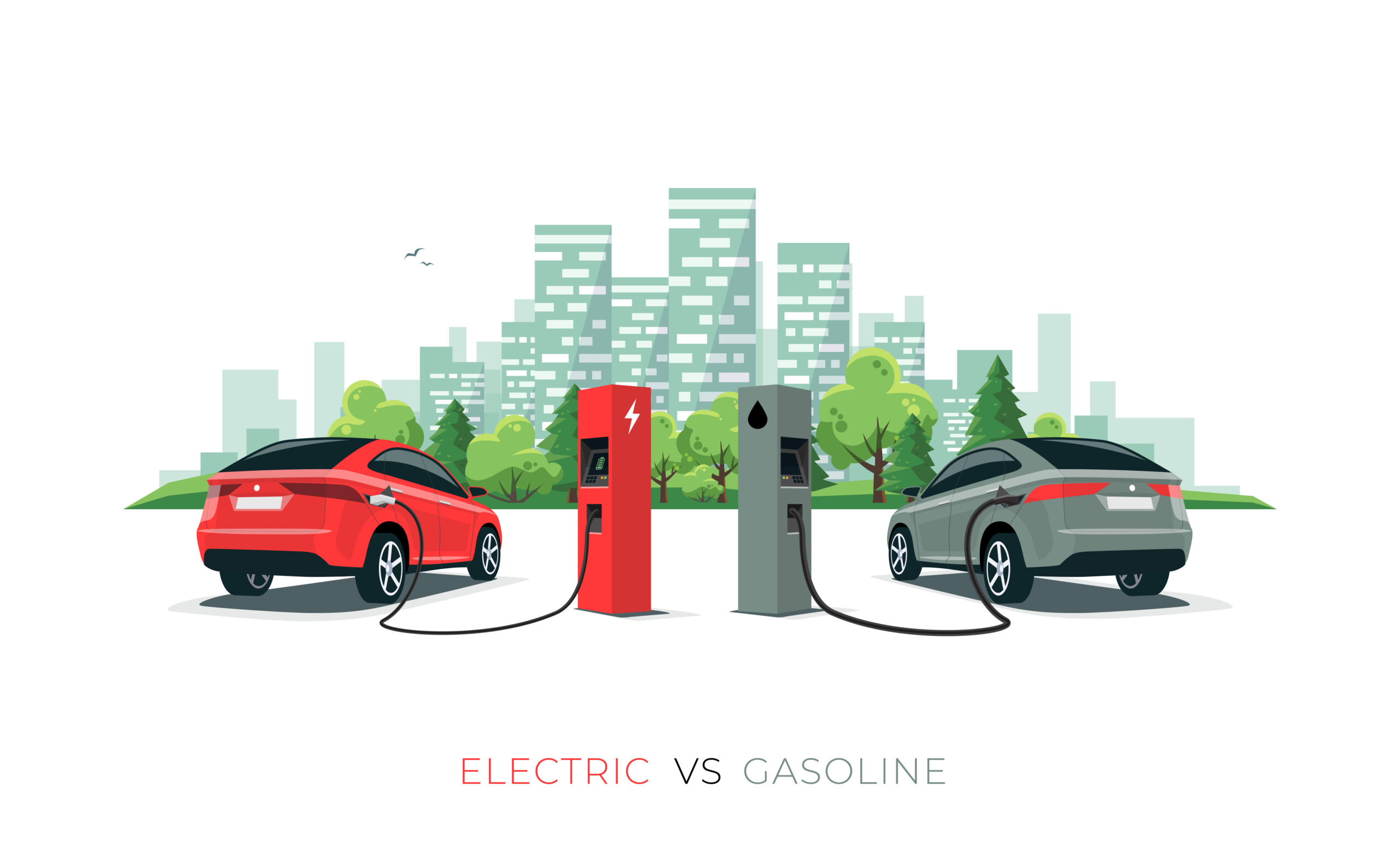

The Importance of Tyre Safety: What Every Driver Needs to Know
Your tyres are the only part of your vehicle that makes direct contact with the road, making them one of the most critical components of your car. Despite this, tyre safety is often overlooked until something goes wrong. In this blog post, we’ll explore why tyre safety matters, how to maintain your tyres, and the signs that indicate it might be time for a replacement.
Why Tyre Safety Matters
Tyres play a crucial role in your vehicle’s performance, affecting everything from fuel efficiency to handling and braking. Properly maintained tyres ensure:
- Better Grip: Tyres with adequate tread depth and correct inflation provide better traction on the road, especially in wet or icy conditions.
- Shorter Stopping Distances: Worn or underinflated tyres can increase your stopping distance, which could mean the difference between a close call and an accident.
- Improved Fuel Efficiency: Properly inflated tyres reduce rolling resistance, improving your car’s fuel efficiency and saving you money at the pump.
- Longer Tyre Life: Regular maintenance, including checking pressure and alignment, can extend the life of your tyres, saving you the cost of premature replacements.
How to Maintain Your Tyres
Maintaining your tyres is straightforward but requires regular attention. Here’s a simple checklist to help keep your tyres in top condition:
- Check Tyre Pressure Monthly: Tyres lose air over time, so it’s essential to check your tyre pressure at least once a month. Always follow the manufacturer’s recommended pressure, which can usually be found in your vehicle’s manual or on a sticker inside the driver’s door.
- Inspect Tread Depth: The legal minimum tread depth in the UK is 1.6mm, but it’s advisable to replace your tyres when the tread depth reaches 3mm for better safety. You can check tread depth using a tread depth gauge or by looking at the tread wear indicators built into most tyres.
- Rotate Your Tyres: Rotating your tyres regularly (every 6,000 to 8,000 miles) helps them wear evenly, extending their lifespan and improving your vehicle’s performance.
- Check for Damage: Regularly inspect your tyres for cuts, punctures, bulges, or cracks. Any visible damage should be checked by a professional immediately, as it could lead to a blowout.
- Align and Balance Your Wheels: Misaligned or unbalanced wheels can cause uneven tyre wear and affect your car’s handling. If you notice your car pulling to one side or if your steering wheel vibrates, it’s time to have your wheels checked.
Signs You Need New Tyres
Even with the best maintenance, tyres don’t last forever. Here are some signs it’s time to replace them:
- Low Tread Depth: If your tread depth is below 1.6mm, your tyres are illegal and unsafe. Consider replacing them when they reach 3mm for optimal safety.
- Cracks or Bulges: Cracks in the tyre sidewall or bulges indicate that the tyre structure is compromised and needs immediate replacement.
- Vibration While Driving: Excessive vibration in the steering wheel or throughout the car could indicate a problem with your tyres, such as uneven wear or a balance issue.
- Age of the Tyres: Even if your tyres appear to be in good condition, it’s recommended to replace them every 5 to 10 years, depending on the manufacturer’s advice.
Conclusion
Tyre safety is essential for your vehicle’s performance, your safety, and the safety of others on the road. By regularly maintaining your tyres and being aware of the signs that they need replacement, you can prevent accidents and ensure a smoother, more efficient drive. Don’t wait until it’s too late—check your tyres today and drive with confidence!





